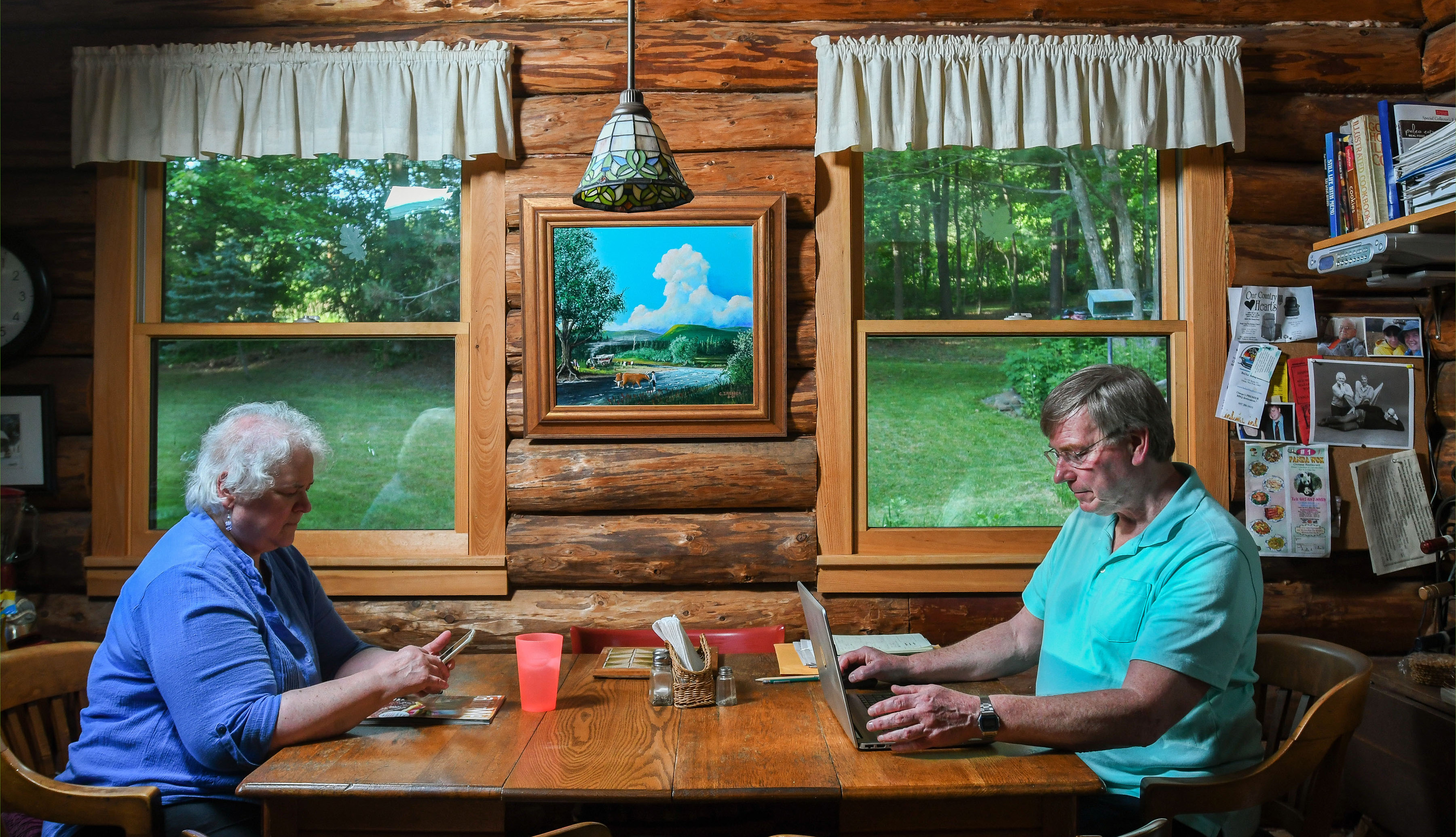AARP Hearing Center

When Mike Blake, 69, clicked on the file from his doctor, he joked that he had a “couple of cups of coffee” during the time it took for his MRI to upload.
Despite the slow internet service in rural Candor, in the Southern Tier, Blake said his telemedicine experience was positive. “Any time you can limit the exposure to the other people who are sick in the office, that’s a good thing.”
Blake, a retired engineer, is one of many New Yorkers using telemedicine for the first time because of the coronavirus pandemic. Last year, an AARP survey of 1,000 state residents over 50 showed that 81 percent had never used telehealth.
But since New York became the global epicenter for COVID-19, a new era for virtual health care has arrived, as providers have moved online and older adults have avoided in-person visits for fear of exposure.
Challenges to access
While some are getting up to speed on telemedicine, others are being left behind. The pandemic has underscored disparities in New Yorkers’ access to health care and high-speed internet service.
AARP research shows that 8 percent of those in rural New York communities lack broadband internet. Even those with access may not have the speed required for video services used in telemedicine.
Nationally, a recent study found that 70 percent of people over 65 have access to the internet at home, but many still do not have video-chat capabilities.
“You can’t have an effective telehealth policy in New York until we have access to the internet in every county in the state,” said Bill Ferris, AARP New York’s legislative director.
“As New York gets back to the new normal, telehealth should be expanded and be made more permanent,” Ferris said.
In May, Gov. Andrew Cuomo (D) appointed former Google CEO Eric Schmidt to chair a commission that will focus on telehealth, remote learning and expanding broadband access.
Announcing the appointment on Twitter, Cuomo said, “We must find new, innovative solutions that help the people most in need.”
The state also issued a new emergency regulation requiring insurance companies to waive deductibles, copayments or coinsurance for in-network telehealth visits.
In an April briefing, the governor expressed consternation that New York’s acceptance of telehealth hadn’t come sooner. “Why haven’t we incorporated so many of these lessons? Because change is hard and people are slow. Now is the time to do it.”
Providers get on board
Josephine Lee, who practices internal medicine at Albany Medical Center, said telemedicine can be a “very useful complement to the office visit” but cautioned that patients should not delay emergency or routine medical care.
Before the pandemic, telemedicine didn’t exist in her practice, but patients and staff members quickly adapted, she said. “Our support staff have been tremendously patient, walking the patient through the instructions. Sometimes a little encouragement that ‘we’ll do this together’ goes a long way.”
For more on telehealth, visit aarp.org/health/conditions-treatments/.
Donna Liquori is a writer living in Albany.
More on Telehealth































































